- | 10:00 am
Must-see destinations in Germany for unforgettable travel experiences
From stunning architectural marvels to historical and cultural sites and natural wonders, here are some must-see spots to visit in Germany
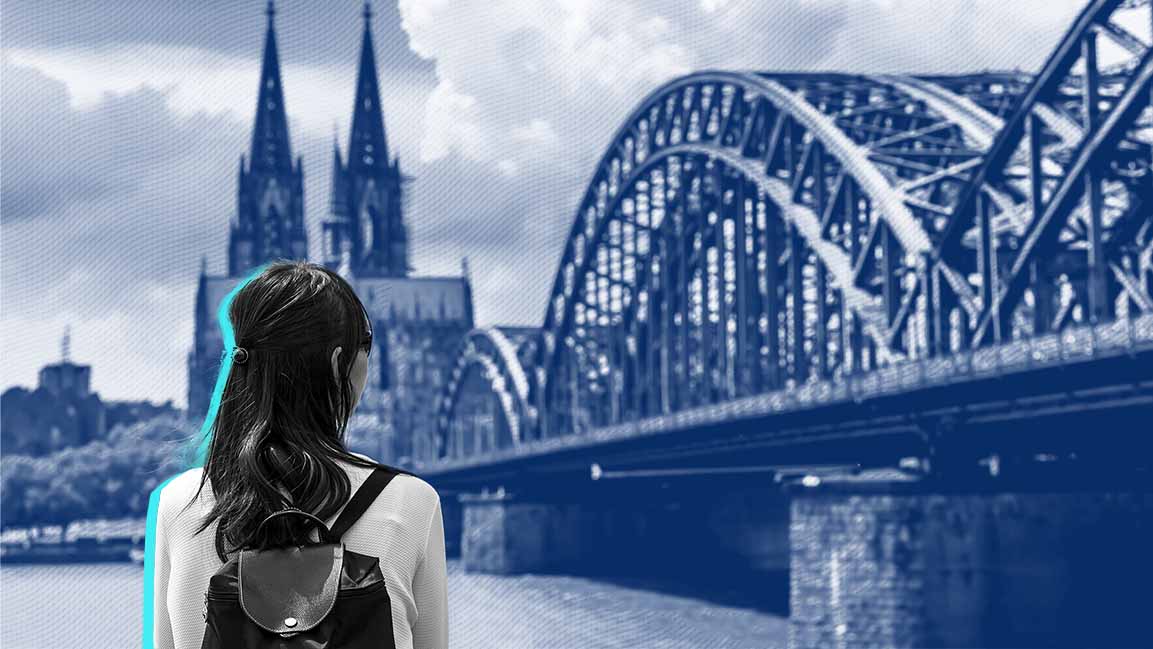
Germany, a nation renowned for its enchanting castles and breathtaking landscapes, boasts a rich tapestry of history and vibrant culture, promising an unforgettable travel experience. Beyond iconic landmarks like the Rhine Valley and the Berlin TV Tower, Germany offers a hidden wealth of treasures to explore. From world-renowned museums and awe-inspiring cathedrals to sprawling forests and tranquil botanical gardens, every region promises a captivating encounter.
COLOGNE CATHEDRAL (KÖLNER DOM)

Image Credit: Cologne Cathedral/Instagram
Construction of the awe-inspiring Cologne Cathedral commenced in 1248, embarking on a monumental project that spanned an astonishing seven centuries. Through this remarkable timeline, each generation of builders steadfastly upheld the cathedral’s original Gothic vision, culminating in a cohesive masterpiece of unparalleled architectural grandeur. In 1880, this enduring dedication finally completed one of Europe’s most magnificent cathedrals, a testament to human perseverance and artistic achievement.
Within its hallowed walls, the cathedral houses a wealth of artistic treasures. Visitors can marvel at the Gero Crucifix, a masterpiece from the late 10th century, alongside breathtaking works such as the Shrine of the Magi, the altarpiece of St. Clare, and Stephan Lochner’s City Patrons altarpiece.
COLOGNE BOTANICAL GARDEN
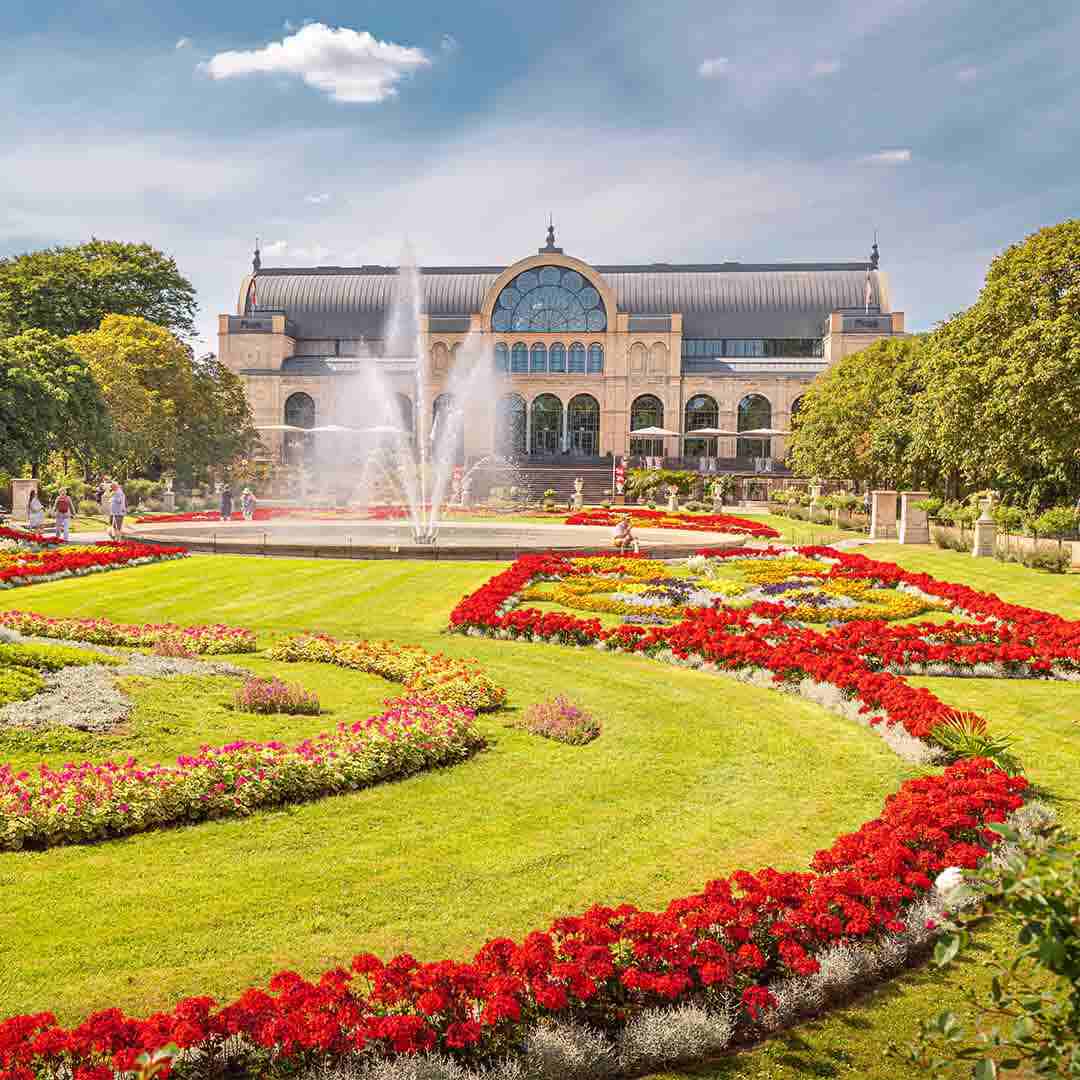
Image Credit: Cologne Botanical Garden/Shutterstock
Cologne’s Botanical Garden, home to more than 12,000 plant species worldwide, is a paradise for nature enthusiasts.
Encompassing 5.5 hectares, the garden features a variety of styles, including the rolling landscapes of English gardens and the structured elegance of Italian Renaissance and French Baroque designs.
A highlight of the garden is its collection of over 500 Japanese camellia plants, showcasing 400 distinct species, some over a century old. This botanical treasure inspires the internationally acclaimed “Floral Magic from the Far East” exhibition annually from January to April. With vibrant displays that captivate visitors, the exhibition draws more than 60,000 attendees each year.
RIVER RHINE, DUSSELDORF
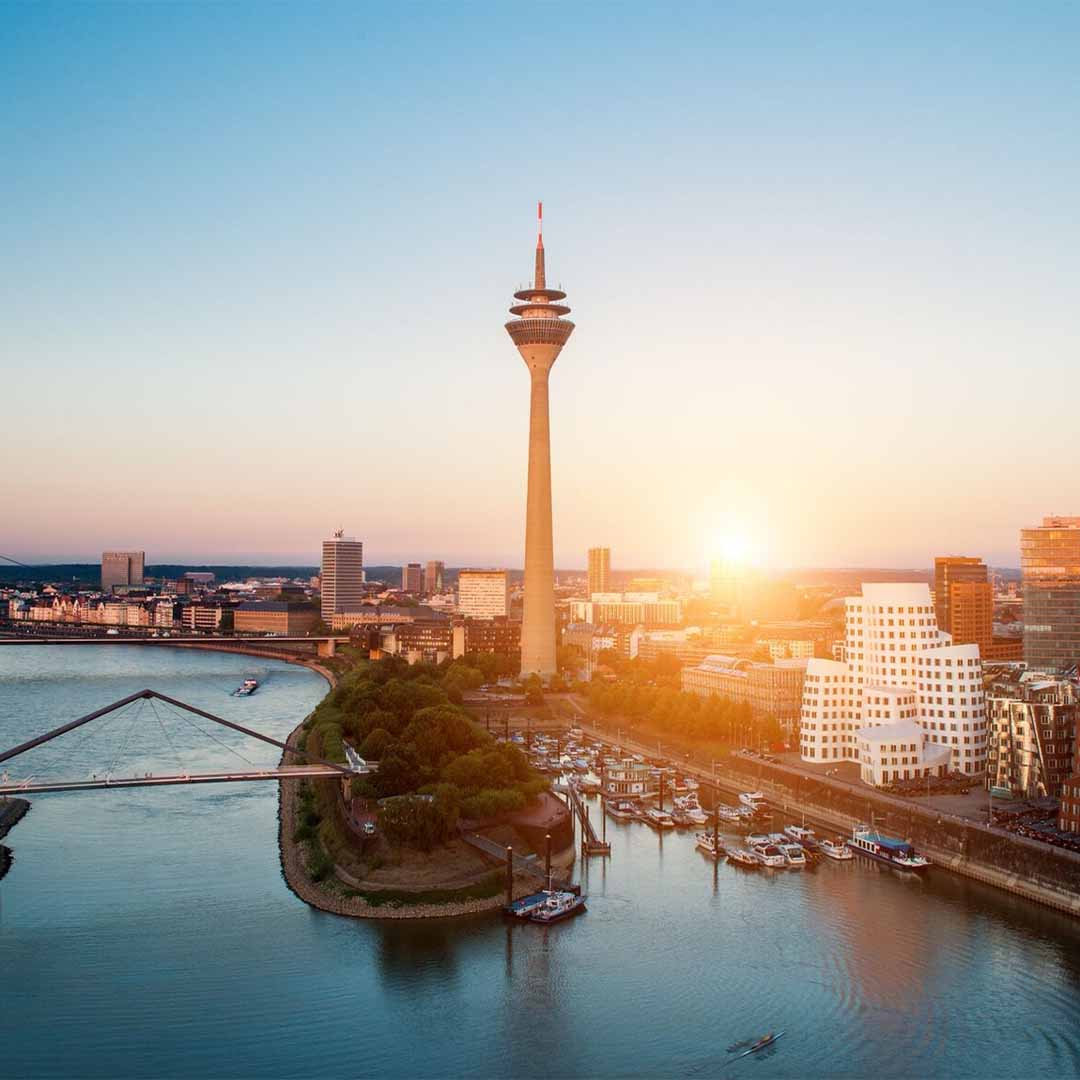
Image Credit: Rhine River Dusseldorf Website
The mighty Rhine River, spanning 1,320 kilometers (820 miles), is Europe’s longest waterway and a defining feature of Düsseldorf’s landscape and culture. It particularly shapes the city’s eastern vistas.
While some may dismiss it as touristy, a Rhine River cruise offers a unique perspective that’s hard to match. Glide along the river and behold Düsseldorf’s skyline, adorned with the sleek, postmodern architecture of the MedienHafen district. Many cruises even offer complimentary beverages, enhancing the experience.
Cruise options cater to diverse preferences. From a brisk 45-minute city panorama to a relaxed afternoon or dinner cruise, there’s something for everyone. Day trips to nearby Kaiserswerth, Duisburg, and Cologne (seasonal) are also available for those seeking more exploration, providing further opportunities to soak in the Rhine’s historic charm and scenic beauty.
NEUSCHWANSTEIN CASTLE, SCHWANGAU
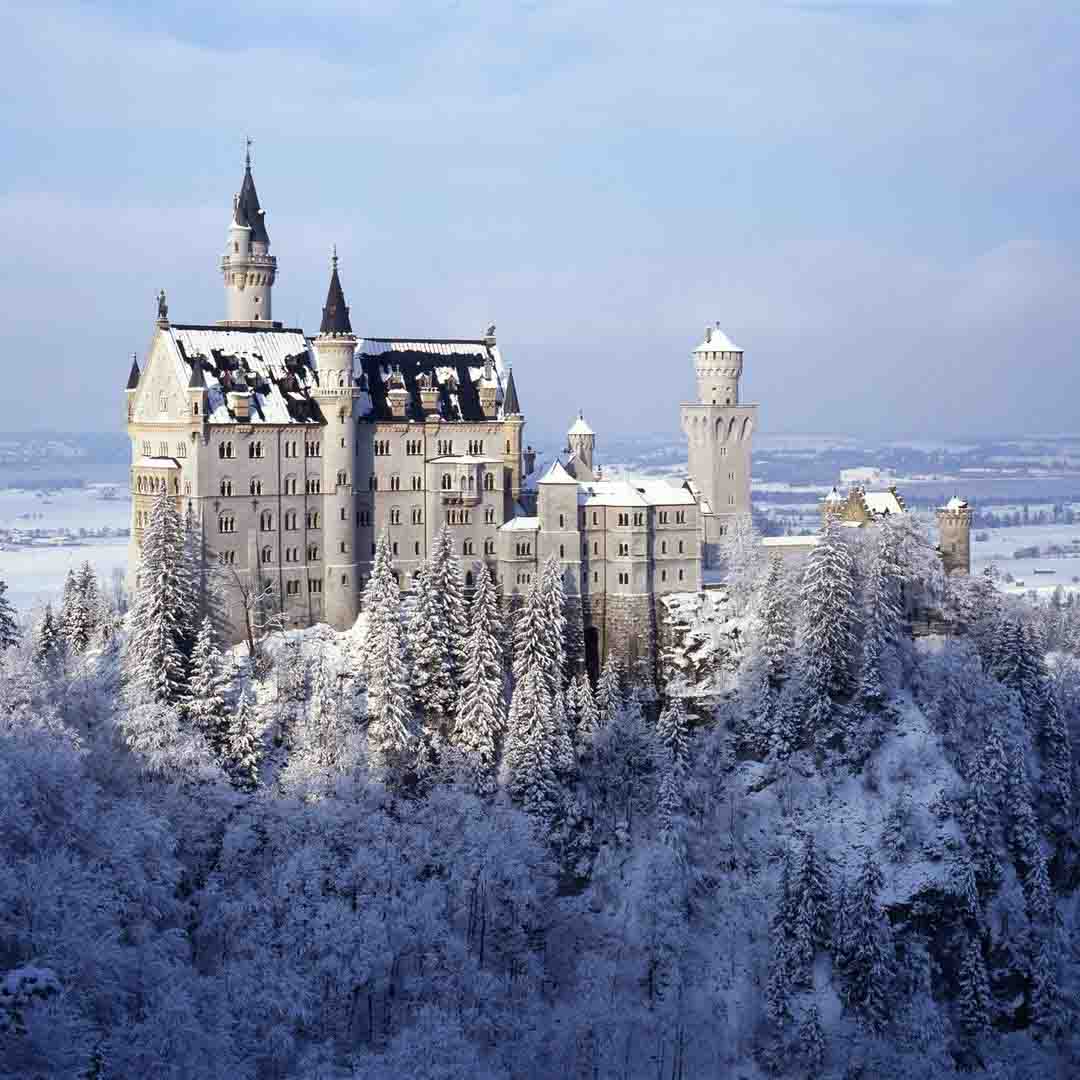
Image Credit: Neuschwanstein Castle/Instagram
Constructed in the 19th century under the patronage of King Ludwig II of Bavaria, Neuschwanstein Castle embodies a romanticized vision of medieval castle architecture. Its charm extends beyond its architectural grandeur to its breathtaking location amidst a majestic landscape, offering visitors stunning panoramic views. The proximity of the charming town of Füssen, a popular tourist destination, further enhances the castle’s appeal, making it a must-visit attraction in Germany.
Construction of Neuschwanstein Castle began in 1869 with an ambitious three-year timeline. Despite King Ludwig II’s passing in 1886, 14 of the castle’s rooms were meticulously completed, showcasing his extravagant tastes. The two-story throne room, a marvel of Byzantine design with angelic murals, is a testament to his vision, even though it never held a throne.
Neuschwanstein Castle’s influence reaches beyond Bavaria, widely believed to have inspired the iconic Sleeping Beauty Castle at Disneyland in California. It is Germany’s most visited castle today, attracting over 1.3 million visitors annually and firmly establishing itself as a global tourist attraction.
MUSEUM ISLAND, BERLIN
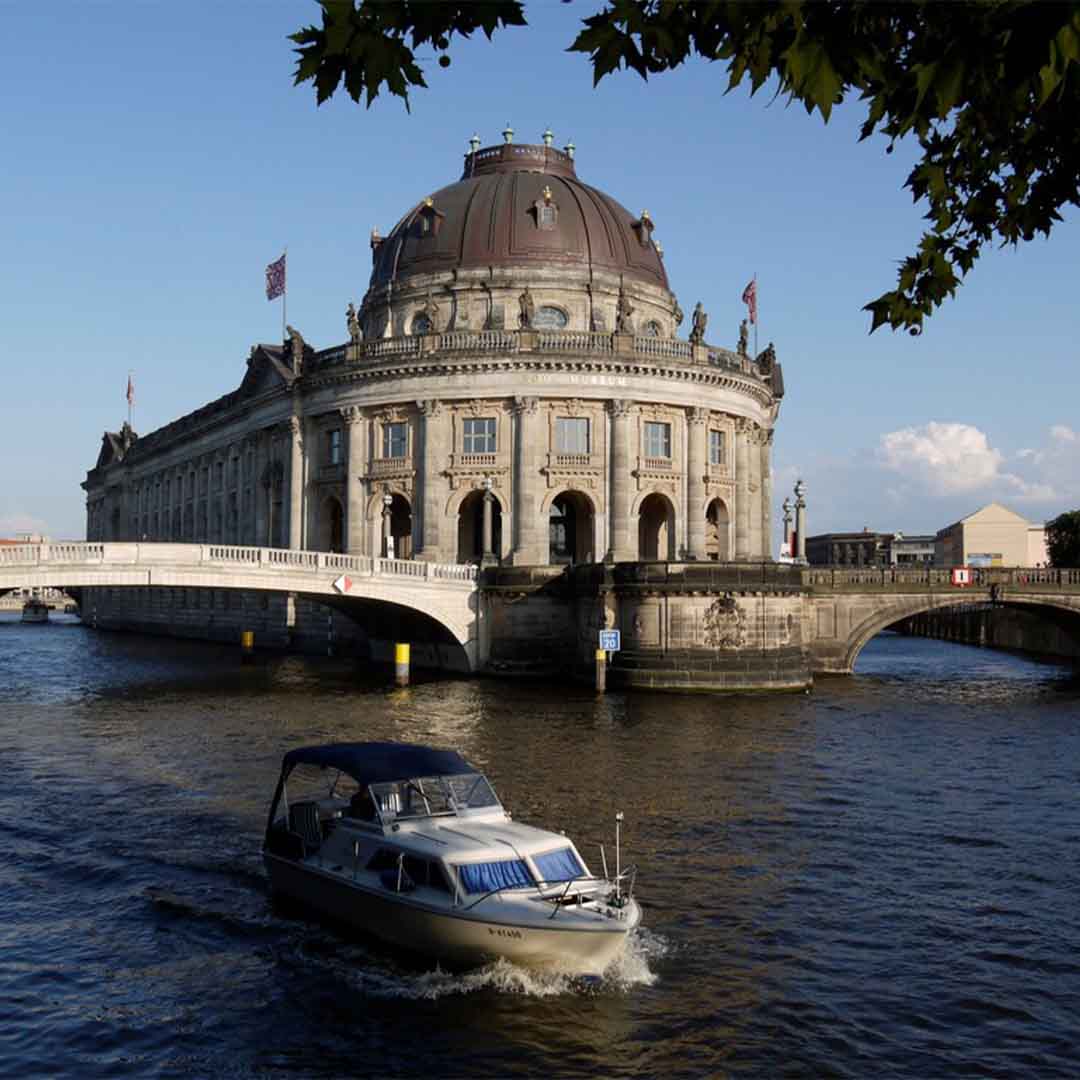
Image Credit: Museum Island UNESCO World Heritage Center Website
Nestled on an island in the Spree River in central Berlin, the world-renowned Museum Island sprawls majestically.
Recognized as a UNESCO World Heritage Site, it comprises five museums, each boasting a diverse and extensive collection of art and artifacts spanning millennia.
Museum Island comprehensively explores human history and creativity, from prehistoric relics to 19th-century masterpieces. It appeals to art enthusiasts of all interests, showcasing a rich tapestry of cultural artifacts. Moreover, the island is a visual delight, adorned with stunning architectural designs envisioned by five renowned architects.
Each museum on Museum Island boasts its unique treasures. The Altes Museum, inspired by the Pantheon, hosts an impressive collection of antiquities. The Neues Museum is renowned for its Egyptian artifacts, while the Alte Nationalgalerie delights visitors with works by Impressionist masters and Romantic paintings.
The Bode Museum on Museum Island is home to sacred Byzantine art and a collection of European sculptures. Meanwhile, the Pergamon Museum is renowned for its archaeological discoveries, such as the Ishtar Gate of Babylon and the breathtaking Pergamon Altar. Serving as the central hub for this remarkable collection of museums is the James Simon Gallery.
Beyond its artistic treasures, Museum Island was envisioned as a space for exploration and leisure. The Colonnade Courtyard exemplifies this dual purpose, functioning as a public garden and an open-air museum. Visitors can enjoy a tranquil stroll while glimpsing into the expansive collections of the island’s iconic museums.
BLACK FOREST
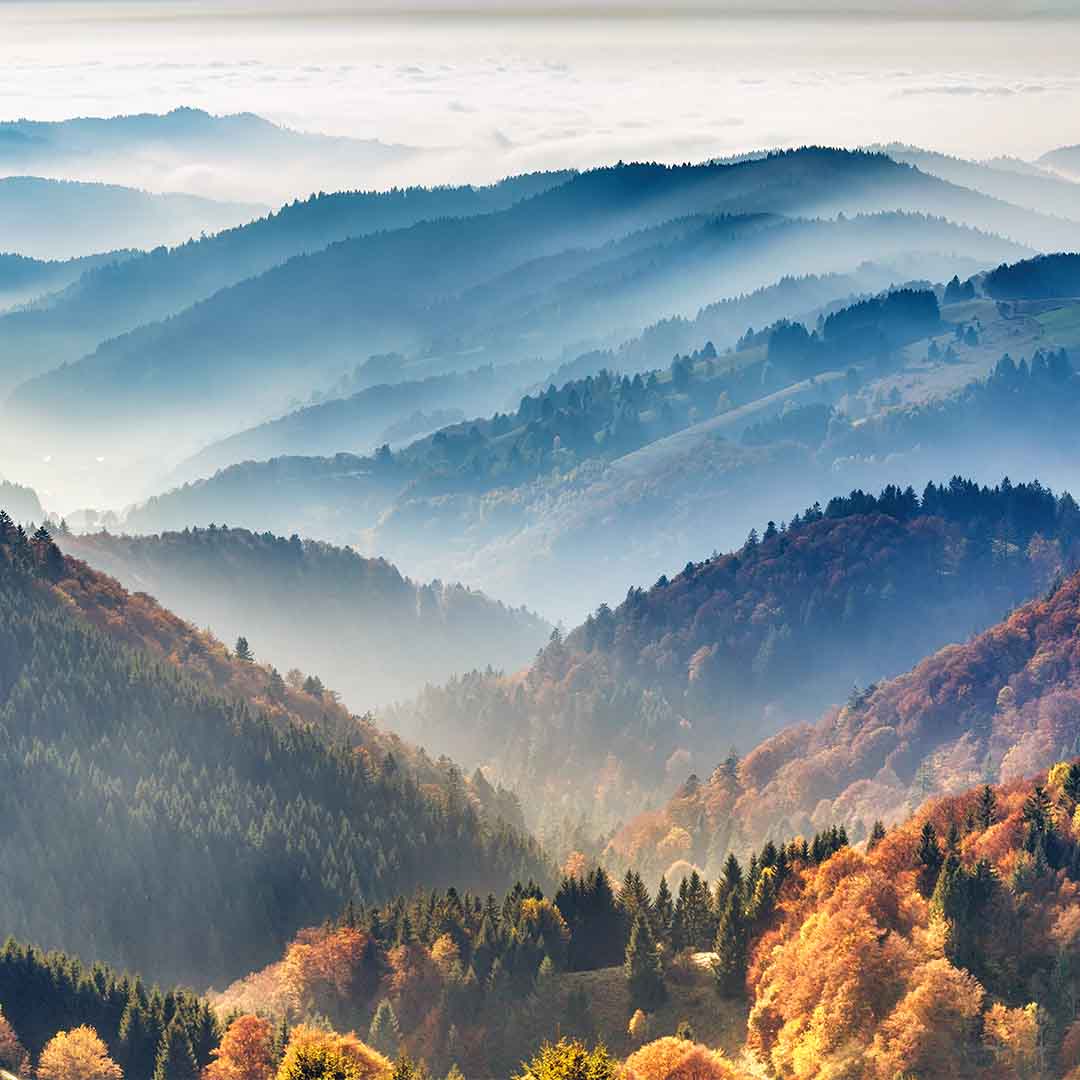
Image Credit: Germany Black Forest/Shutterstock
The Black Forest, a vast mountainous region in southwestern Germany, entices travelers with its stunning natural beauty and outdoor activities.
Hikers of all skill levels can explore an extensive network of trails winding through the forest. There are many options, whether embarking on multi-day adventures or enjoying scenic day hikes. Popular starting points include Freudenstadt, the National Park area, Titisee, and the picturesque Wutach Valley.
The Black Forest transforms into a snowy wonderland during winter, offering ideal conditions for snow enthusiasts. Many hiking trails become picturesque snowshoe routes, while downhill and cross-country skiing opportunities cater to varying skill levels.
Accommodations in the Black Forest range from lively towns on its outskirts to charming villages deep within the mountains. Freiburg im Breisgau, situated on the western edge, combines youthful energy with easy access to the southern Black Forest.
Titisee is celebrated for its scenic lake, mountain trails, and convenient rail connections, making it a favored destination.
Meanwhile, Triberg is renowned for Germany’s highest waterfall, a natural spectacle that draws crowds, especially during the peak summer months.
BERLIN TV TOWER
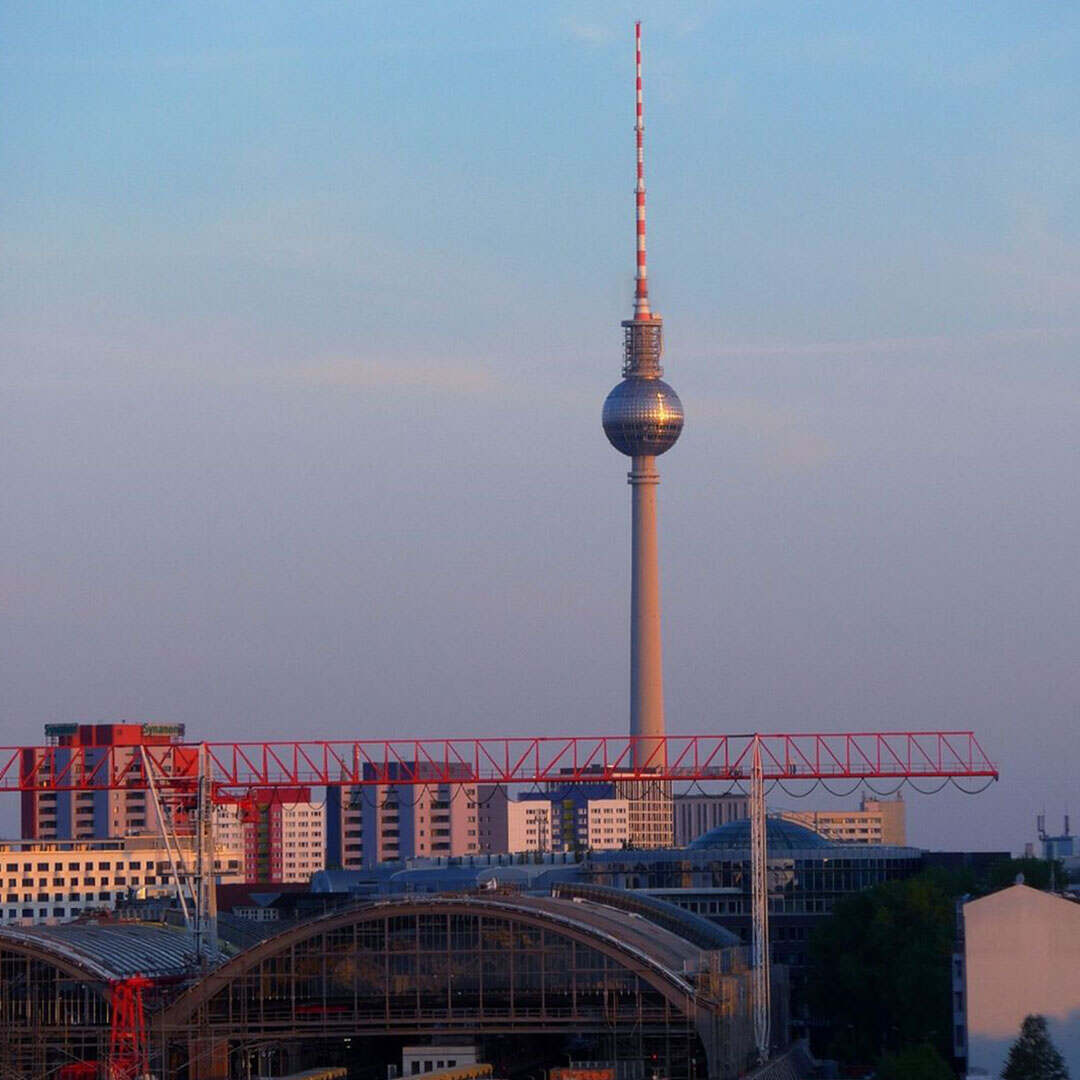
Image Credit: Berlin TV Tower Official Website
Berlin’s iconic Television Tower, the Fernsehturm, stands tall as a symbol of the city’s history and modern landscape. Built between 1965 and 1969 by the government of East Germany, the tower functioned as a broadcasting facility and represented Communist power in Berlin.
Today, the Fernsehturm remains a prominent landmark towering over Alexanderplatz in the Marien Quarter. At 368 meters tall, it is Germany’s tallest structure and the fourth-tallest freestanding structure globally.
Beyond its symbolic importance, the tower offers a unique experience for visitors. It houses radio and television transmitters and features an observation deck with a bar at 203 meters, along with a popular rotating restaurant. These vantage points offer breathtaking panoramic views of Berlin, making the Fernsehturm an essential tourist stop.
The tower’s cultural significance extends through its frequent appearance in films, highlighting its iconic status in Germany. With over a million visitors annually, the Fernsehturm remains a cherished cultural landmark in Berlin.





































